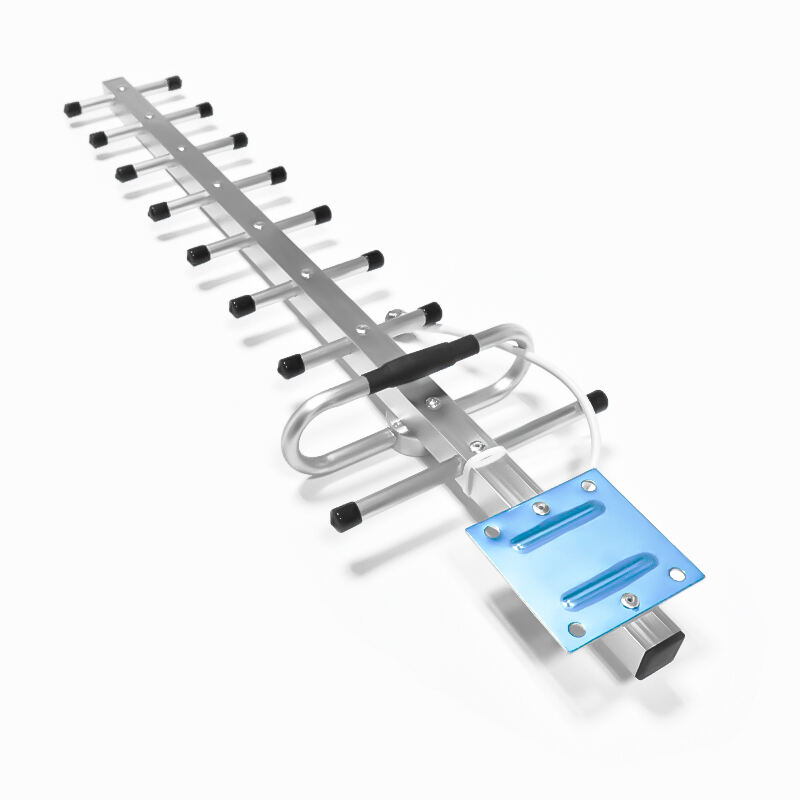log antenna
A log antenna, also known as a log-periodic dipole array (LPDA), represents a sophisticated directional antenna system designed to operate effectively across a wide range of frequencies. This versatile antenna consists of multiple dipole elements arranged in a characteristic pattern, where each element's length and spacing follows a logarithmic progression. The log antenna's design allows it to maintain consistent performance characteristics, including gain and impedance, throughout its operational frequency range. Its structure typically features multiple cross elements mounted on a boom, with the elements decreasing in size from back to front. The antenna's feed point is located at the smaller end, where the highest frequency elements are positioned. What makes the log antenna particularly valuable is its ability to maintain directional properties and consistent gain across a broad frequency spectrum, typically achieving a 2:1 or greater bandwidth ratio. This characteristic makes it ideal for applications requiring wideband performance, such as television reception, military communications, and radio broadcasting. The log antenna's robust construction and reliable performance have made it a standard choice in professional communications systems, particularly where consistent signal strength and directional capabilities are crucial.












